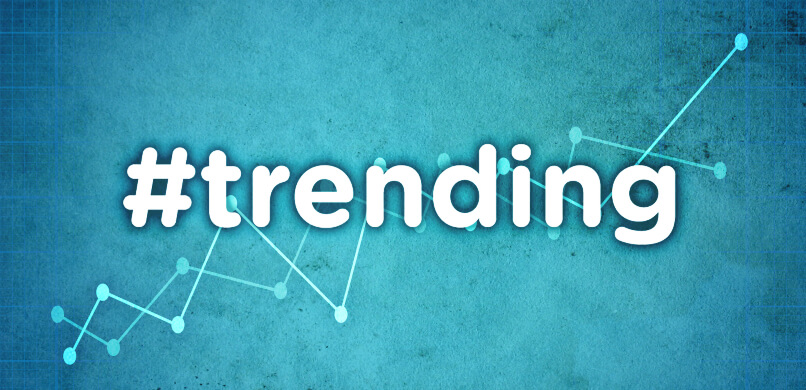Back in the 90s, Enterprise-to-Enterprise business solutions were pretty much the only way for large businesses to get things done. It was a zero-sum game whose players were known to a T-Sun Microsystems, Oracle, SAP and the likes. These corporate juggernauts had an oligarchy, and they knew it. Costs of “custom” solutions were regularly upwards of millions of dollars. We use quotes because countless SaaS companies at the time were infamous for recycling vast chunks of code between solutions and billing clients for thousands of hours of development time that simply never happened.
The recent VW software scandal involving thousands of lines of illicitly-used Bosch software code to “fix” the emission levels of their diesel vehicles, shows us that old habits really do die hard. It appears that Enterprise level SaaS is going the way of the dinosaurs – flamboyantly large and majestic in their time, but quickly going extinct. It’s anything but a graceful death though, as more enterprises find themselves out of their depth both in giving and receiving solutions to rapidly emerging problems in resource management and big data analysis.
Upper Echelon Inertia
Most Sales Stacks and CRM systems on the market today are far past their prime-clunky unintuitive interfaces that have made little if any progress with regards to usability and interface design since their inception. The culprit? Upper echelon enterprise management who learned one solution way back when in, say, ’95, who are either unaware or indifferent to other solutions that make have come out since then. The central premise of upper echelons theory is that top executives view their situations – opportunities, threats, alternatives and likelihoods of various outcomes – through their own highly personalized lenses. These individualized construals of strategic situations arise because of executives’ experiences, values, personalities and other human factors. Thus, according to the theory, organizations become reflections of their top executives.
In many corporations, this culture of “if it’s not broke, don’t fix it” is so rampant that employees are left having to work with DOS command line to carry out the simplest of functions even in this day and age.
No Backwards Compatibility
Many enterprise solutions for Sales Stacks and CRM were invented in a day and age where software wasn’t designed to age gracefully or hand off to other solutions. These archaic throwbacks to earlier times are often riddled with huge chunks of code without a single line of commentary. The only person who knew what all of this does is probably long gone and likely even dead. The high-stakes of enterprise level business further reinforce the notion of needing to keep this information safe, leading to stagnancy. Nowadays, software is designed to be as dynamic as its users, with incremental updates being formulated and deployed within hours, something that enterprise solutions sorely lack.
Corporate Favoritism
Most enterprise partnerships are grandfathered from decades back. The top-level management in the respective organizations oftentimes have vested personal interests in continuing their current business arrangements. The end result is a culture of favoritism where solutions are chosen not based on their merits, but based on who’s offering them, further contributing to their stagnancy and lack of innovation.
Over-Generalization
Enterprise-to-Enterprise business models hail back from a simpler time where problems were simple and solutions were straightforward. The modern Sales Stacks or CRM could afford to be slow and clunky because they were literally the only contenders around- it was that or physical filing. Solutions were afforded the minimum level of functionality needed to get the job done, so enterprises could move on to offering other solutions to other clients. It was a quantity over quality approach, a buyer’s market. These days, targeted, custom-tailored, and in-house solutions are all available to get the job done cheaper and more efficiently, but many enterprises are reluctant to take this inevitable next step forward.
Do you have a CRM that keeps you organised?
The most user-friendly CRM on the market. 14-day free trial.
Start Free TrialPainless setup, no credit card required
In Summary
The sad truth of this all is that Enterprise level CRM and Sales Stacks are stuck in a rut. Things have gotten dark and musty being shut in this long. Peering into a corporate terminal at a large enterprise-level businesses is oftentimes like peering into the past.
There’s a false dichotomy at play between narrow-scoped custom applications that perform a few functions exceptionally, and the enterprise model where CRM and Sales Stacks are expected digitize as many of an organization’s functions as possible.
The Way Out?
Disentangling “complex” from “complicated,” with innovative, visual-based CRMs and Sales Stacks. Just because a CRM’s functions need must cover a host of complex scenarios in an Enterprise setting doesn’t necessitate that they themselves be complex. Much as with end-user applications that put user experience as the foremost design concern, so too, should enterprise solutions focus on providing maximal functionality at minimal complexity.
Movers and shakers have already begun to appear, from Zendesk, to Box, to our very own Teamgate, these solutions all aim to provide a simple but not simplistic means of carrying out their intended functions, combining all of the robustness of an enterprise level solution with the usability of an end-user application.





